Conguillio National Park
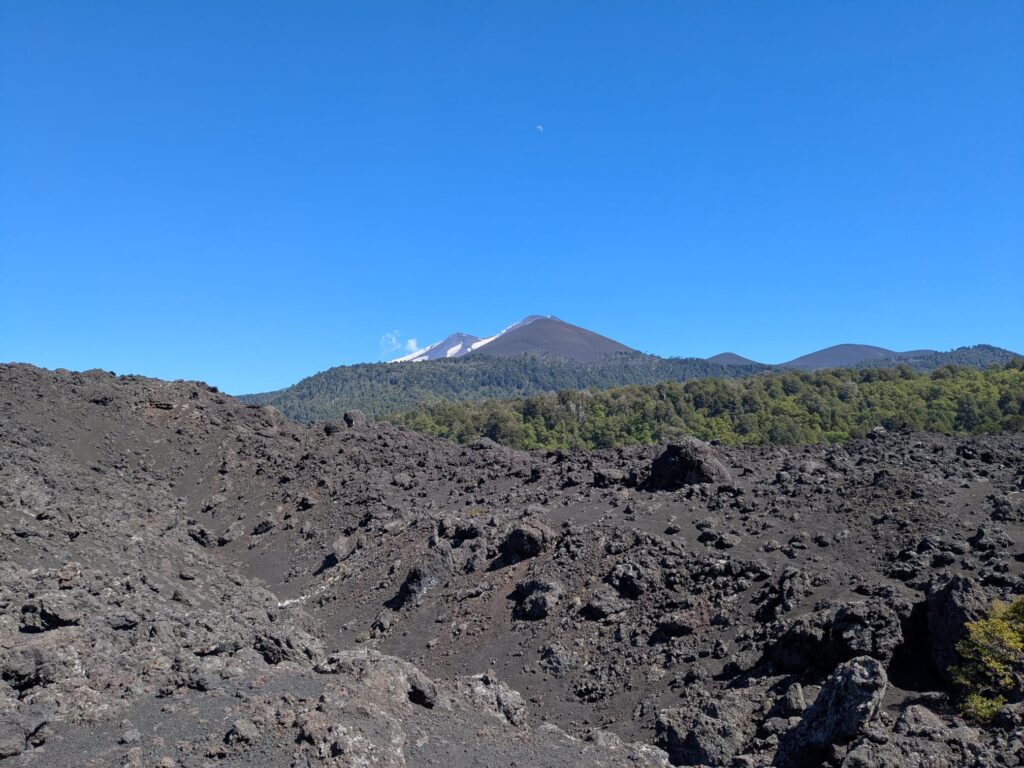
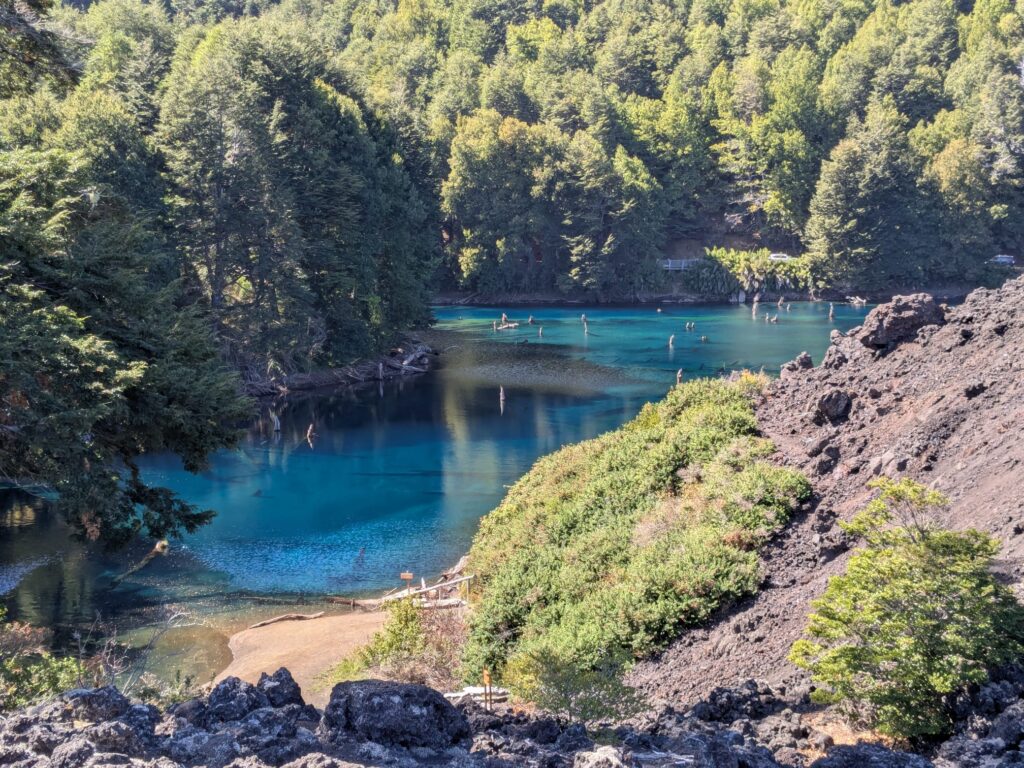
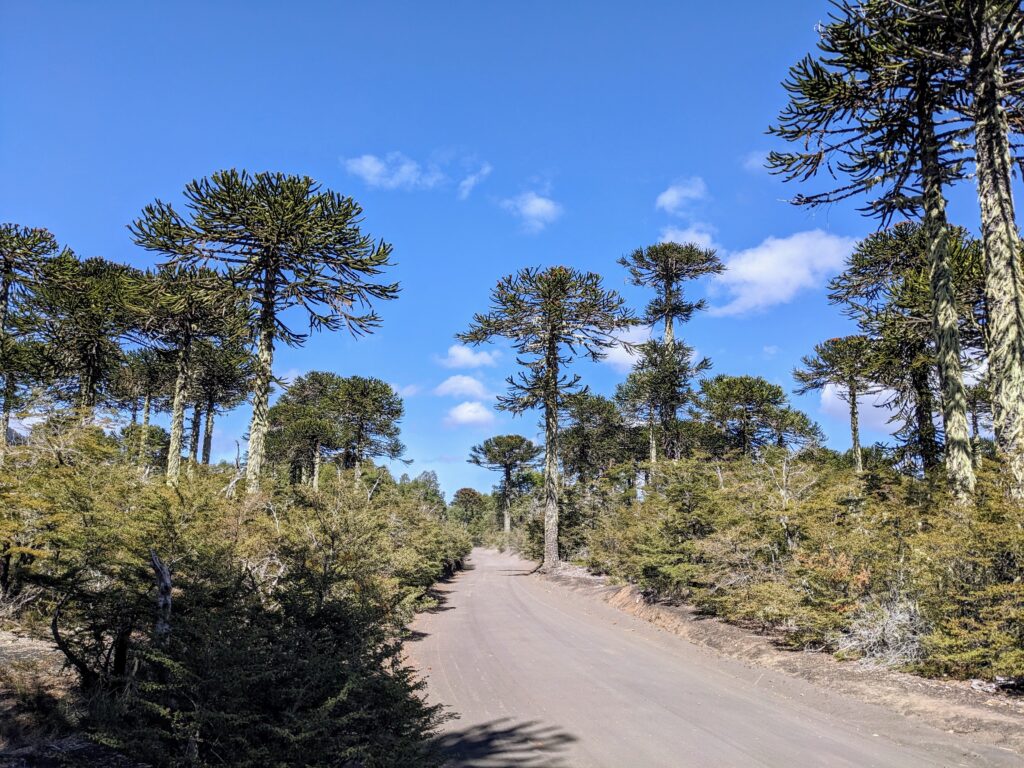
Our next stop within Chile’s Lake District was Conguillio National Park. Having already seen several volcanoes on our way northwards through Chile, we were debating whether driving the extra 110 kilometres and paying to enter Conguillio National Park, home to the impressive Volcán Llaima, was really worth it. We had actually seen Volcán Llaima already from the slopes of Volcán Villarica, and were unsure about how good the roads would be in the national park.
However, our friends Guilia and Luca from @CleanBavaria really encouraged us to go, saying that it was one of the most beautiful parks that they had been to in Chile. There was also an itch that we felt needed to be scratched, which was that so far we were yet to see any araucaria trees (also known as monkey puzzle trees) in Chile. Of course, we have seen plenty of monkey puzzle trees as ornamentals back home in the UK, but honestly they rarely look healthy! We were really keen to see these rather quirky looking trees in their natural habitat.
A little bit of research told us that some of the largest and most accessible araucaria forests are found in Conguillio National Park. Our minds were therefore made up. We drove the 110 km eastwards from the town of Temuco (where Phil had just had an oil and coolant change) in search of this wonderful species.
Upon arriving at Conguillio National Park, which is also a UNESCO Biosphere Reserve, we were instantly wowed by Volcán Llaima’s enormous lava field (that completely dwarfed the one we had recently seen at Volcán Villarica!). The main access road through the park runs straight through the lava field, and driving along this rocky, barren landscape felt like journeying through a whole other world.
Laguna Arcoíris
Before coming to Conguillio National Park, we knew we wanted to do the Sierra Nevada Trail as this hike is recommended if you want to see large stands of araucaria trees. However, we had read online that parking is limited, so we decided that we would leave this hike for the following morning, when we would be able to get to the car park early before too many other vehicles arrive. Instead, we headed to a lagoon called Laguna Arcoíris, where we planned to take a short walk and enjoy the beauty of the area.
Reaching Laguna Arcoíris took us along potentially the most adventurous road that we have driven with our van, Phil, so far. As we entered the forest, the fairly standard-quality gravel road morphed into a narrow and hilly dirt/sand track. It was a little nerve-wracking but Phil handled it beautifully and we soon arrived at our destination. Laguna Arcoíris contained quite possibly the clearest, blue-est water we had ever seen! We enjoyed a short stroll around the lagoon, passing through a short section of forest and over the edge of the adjacent lava field.
We spent the night in a small forest parking area near the lagoon, ready to rise fairly early the next day to go to the trail-head of the Sierra Nevada Trail. We rose early as planned, but had a slightly delayed departure due to finding a layer of engine oil in our coolant tank! As such, we made a plan to return to the garage and the incredibly helpful mechanic, Eduardo, in Temuco the next day for further investigation. We suspected a potentially major issue, possibly relating to the head gasket, although Phil still seemed to be driving OK. We were only 3 km from the trail-head and therefore decided to make the most of the day and do our hike as planned.
Sierra Nevada Trail
We drove further along the same dirt/sandy track we had driven along the day before to reach the start of the Sierra Nevada Trail. The hike was beautiful, with breathtaking views over Volcan Llaima, the surrounding valleys and the snow-capped Sierra Nevada mountains. Walking through the forest was awesome, with the giant 50-metre tall araucaria trees towering over us. These trees are known locally as Peweñes and they are considered sacred here. They played a very important role, forming a fundamental part of the Mapuche people’s diet across the Andes1,2.
Sadly, we had to cut the hike a little short due to strong winds that were building throughout the day, and got so strong that we were actually quite worried about a branch falling on us! We were therefore somewhat glad when we made it back to the van!
Conguillio National Park was definitely worth a stop if you are visiting Chile’s Lake District region – it really is so unique and beautiful. We nearly gave it a miss, not wanting to pay another $13,500 pesos per person to see ‘just’ another volcanic national park. However, we are so glad we came – thanks to Guilia and Luca from @CleanBavaria for encouraging us to visit!
Keep your fingers crossed for us and Phil – let’s hope that we make it back to Temuco safely, and that the mechanics can diagnose and fix the problem! We’ll let you know soon!
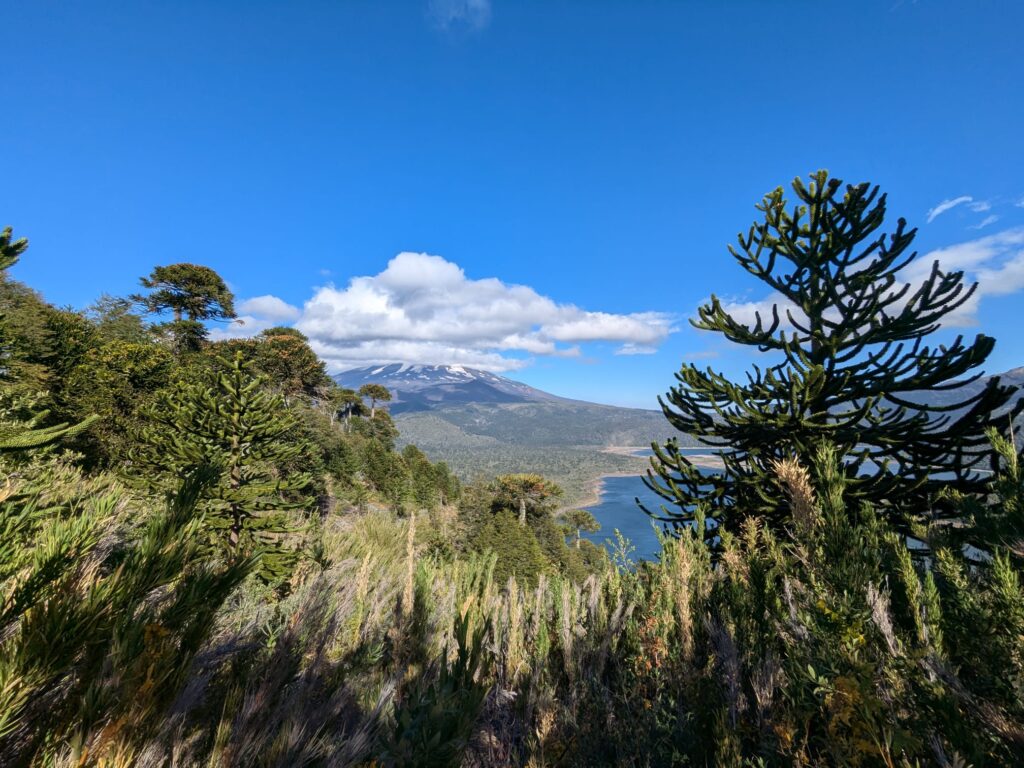

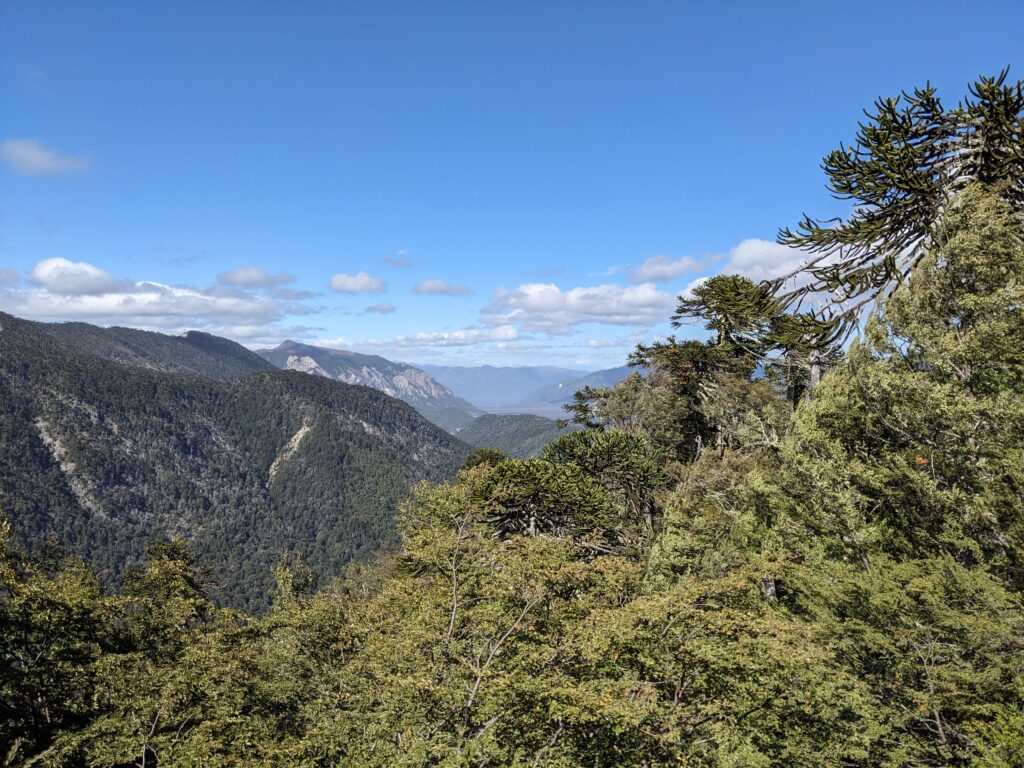
How to get there
There are two entrances into Conguillio National Park. We entered from the south, as we had read that the northern section of the road can be challenging for non-4×4 vehicles. As such, we drove the S-51 and S-61 heading eastwards from Temuco. The road running through the national park, the R-925-S is stunning in itself, and if you have a suitable vehicle then we highly recommend that you drive the full route through.
